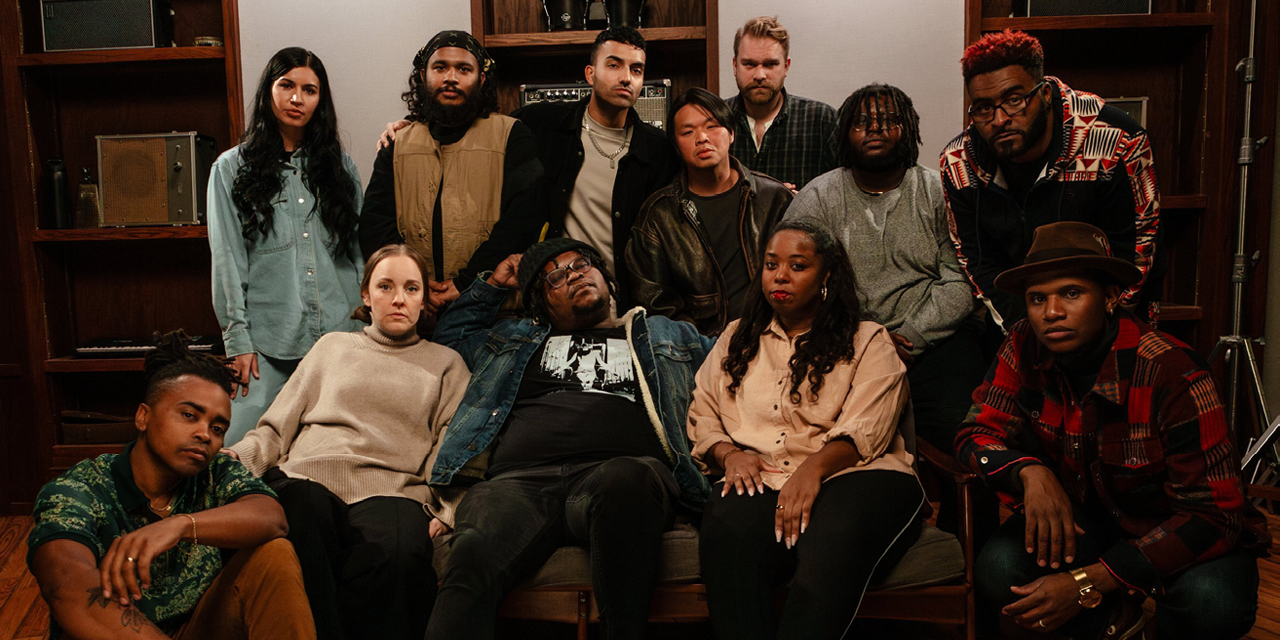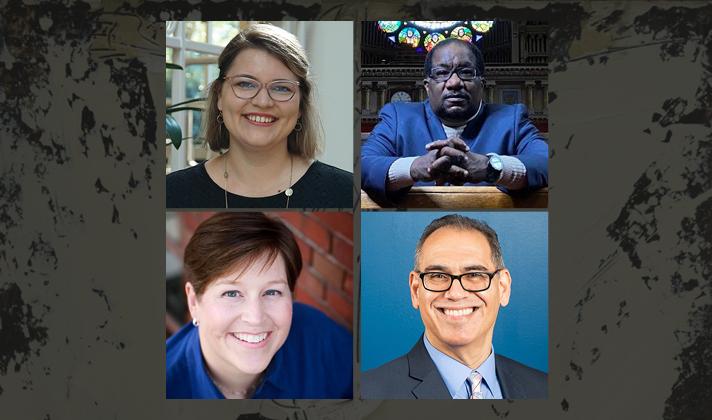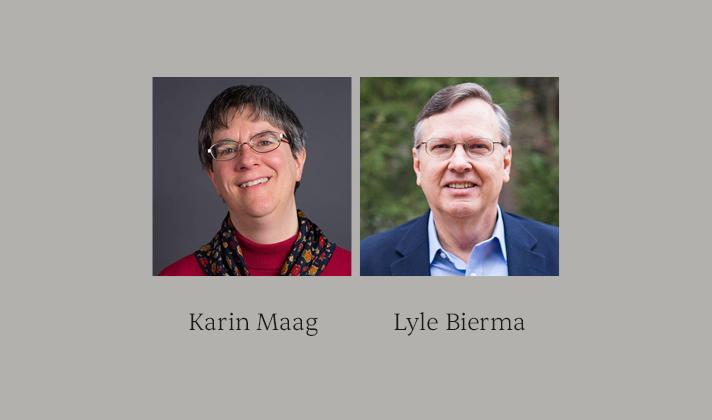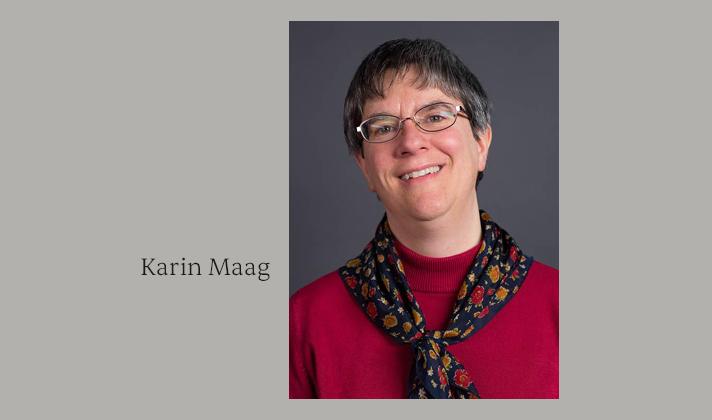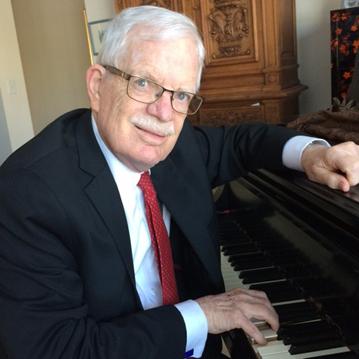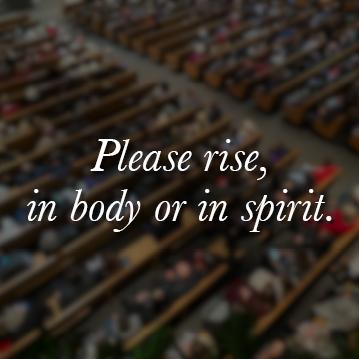Preaching as a Communal Practice
It is tempting to think of sermons as a solo “performance”—something a preacher prepares in isolation. What if we changed our vision to think of preaching as a communal activity from start to finish? How does a congregation shape a sermon as it is being preached? How can preachers intentionally engage the congregation as they prepare sermons and when they discuss or reflect on sermons after worship? We’ll discuss proven practices and try to imagine some new possibilities too.
Joining the Community of Worship: Baptism
This second session is part of “Experiencing the Contours of Early Modern Worship,” a series of five linked sessions bringing current-day participants into the world of Reformation Europe. What was it like to attend worship in Wittenberg in 1530, Geneva in 1550, London in 1570, or Venice in 1590? When people in different confessional contexts joined in worship and participated in the sacraments in this period, what differences and similarities were there? Join Lyle Bierma [professor emeritus of church history, Calvin Theological Seminary] and Karin Maag [Meeter Center] as they present John Calvin's theology of baptism and the practice of this sacrament more widely across the Reformation era.
Experiencing Early Modern Worship
This first session is part of “Experiencing the Contours of Early Modern Worship,” a series of five linked sessions bringing participants into the world of Reformation Europe. What was it like to attend worship in Wittenberg in 1530, Geneva in 1550, London in 1570, or Venice in 1590? When people in different confessional contexts joined in worship and participated in the sacraments in this period, what differences and similarities were there? Join Meeter Center Director Karin Maag in an exploration of congregational worship in early modern Europe from the perspectives of both the clergy and the worshiping community.
Worship Service: Growing in Grace and Knowledge
A worship service based on Colossians 1:1-14. The service is led by Scott Hoezee, preaching; Karen Campbell; and members of the Calvin University community.
Sharing Hymn Stories Invites Worshipers into Experience
Knowing more about the hymns they are singing helps worshipers feel more connected to God and each other in the universal body of Christ that spans all times and places.
La vida cristiana: Una liturgia para la gloria de Dios
Por tanto, imiten a Dios, como hijos muy amados, y lleven una vida de amor, así como Cristo nos amó y se entregó por nosotros como ofrenda y sacrificio fragante para Dios.
LaTonya McIver Penny on Inclusion in Black Churches
The common thread in LaTonya McIver Penny’s pastoral and professional lives has been God’s calling to help faith communities, especially Black churches, become more inclusive. Learn why she sees inclusion as broader than welcoming people with cognitive or physical disabilities.
Growing into the Prayer Jesus Taught Us
A conversation with Mark Charles and John Witvliet on the Lord's Prayer.
Two Pastors on God at Work in Ordinary People and Places
Moses Chung and Christopher Meehan cowrote the book "Joining Jesus: Ordinary People at the Edges of the Church." They hope these stories will give people and congregations hope, encouragement, and imagination to see what God is already doing in their neighborhoods.
William Phemister on Lively Piano Accompaniment for Hymns
Church pianists who apply William Phemister’s advice can introduce congregations to hymnody or more deeply immerse them in it. Typical worshipers may be surprised to learn that pianists don’t necessarily play every note as written in the hymnal—and there are good reasons why.
La epístola a los Efesios: Una liturgia integral para adorar al Dios trino
El culto como fuente de identidad, visión y vocación.
Inclusion and Universal Design for Worship
Corporate, intergenerational worship can be designed from the start to include people with a wide range of abilities and disabilities, gifts and limitations.
